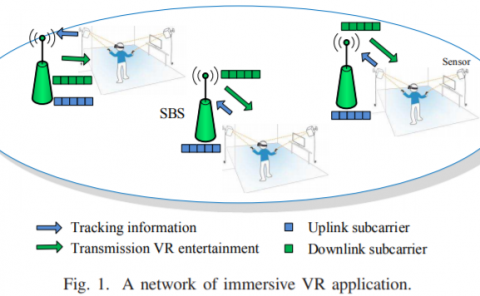VR Natural Walking in Impossible Spaces
PubDate: November 2021
Teams: University of Cape Town
Writers: Daniel Christopher Lochner;James Edward Gain
PDF: VR Natural Walking in Impossible Spaces

Abstract
Locomotion techniques in Virtual Reality (VR) are the means by which users traverse a Virtual Environment (VE) and are considered an integral and indispensable part of user interaction.
This paper investigates the potential that natural walking in impossible spaces provides as a viable locomotion technique in VR when compared to conventional alternatives, such as teleportation, arm-swinging and touchpad/joystick. In this context, impossible spaces are locally Euclidean orbit-manifolds — subspaces separated by portals that are individually consistent but are able to impossibly overlap in space without interacting.
A quantitative user experiment was conducted with n = 25 participants, who were asked to complete a set of tasks inside four houses, in each case using a different locomotion technique to navigate. After completing all tasks for a given house, participants were then asked to complete a set of three questionnaires regarding the technique used, namely the Simulator Sickness Questionnaire (SSQ), Game Experience Questionnaire (GEQ) and System Usability Scale (SUS). Time for task completion was also recorded.
It was found that natural walking in impossible spaces significantly improves (α = 0.05) immersion (as compared to teleportation and touchpad/joystick, r > 0.7) and system usability (over touchpad/joystick and arm-swinging, r ≥ 0.38), but seems to lead to slower task completion.


